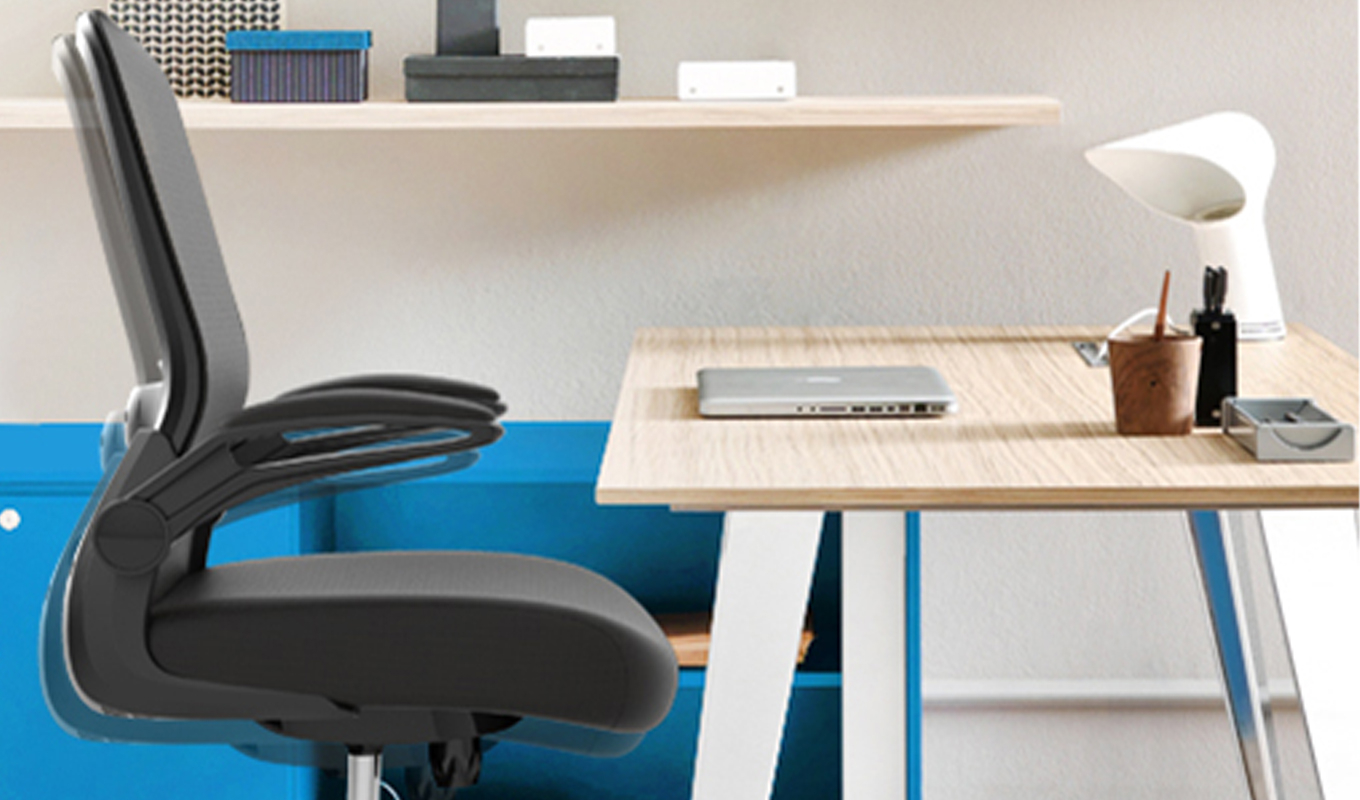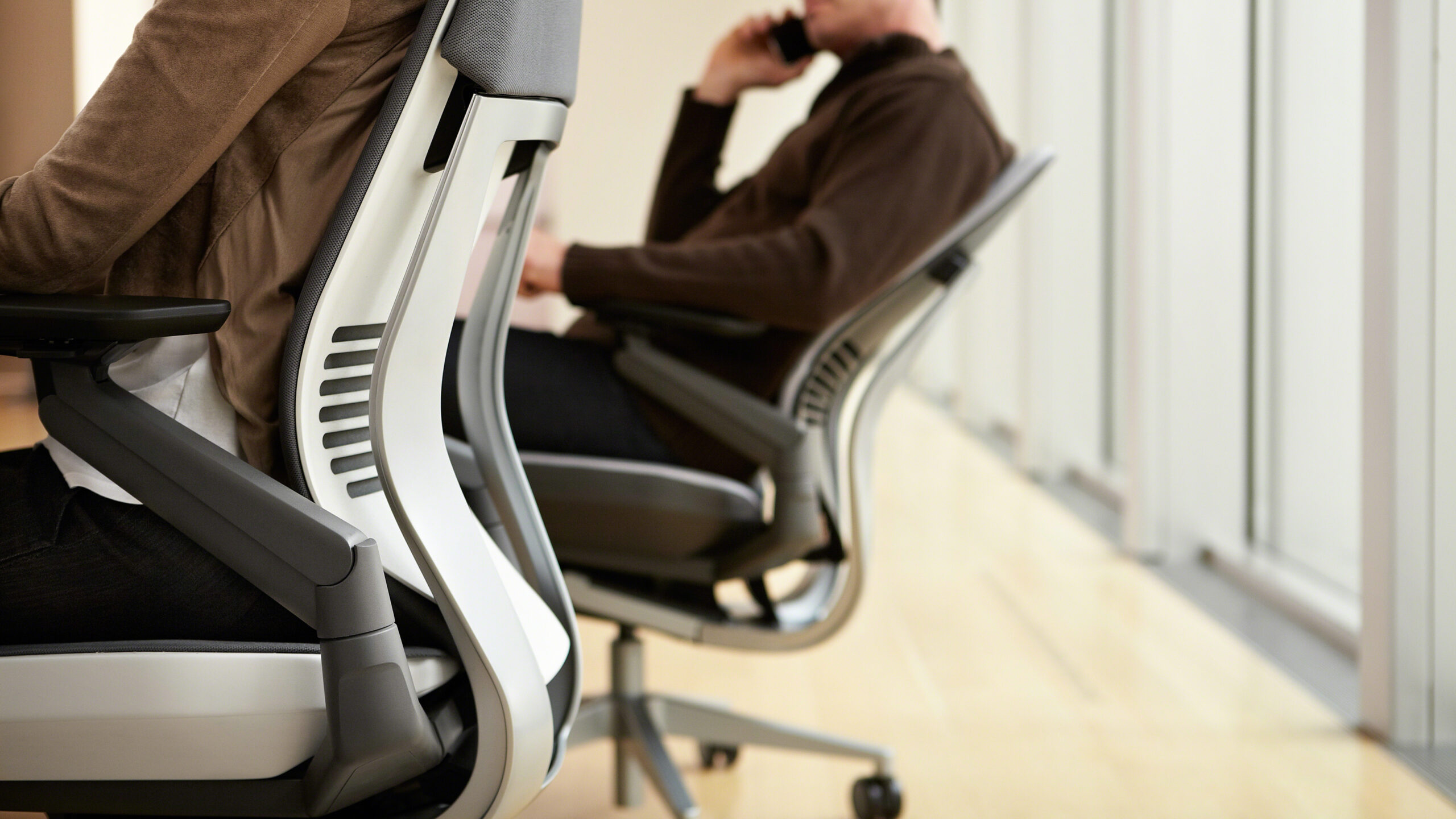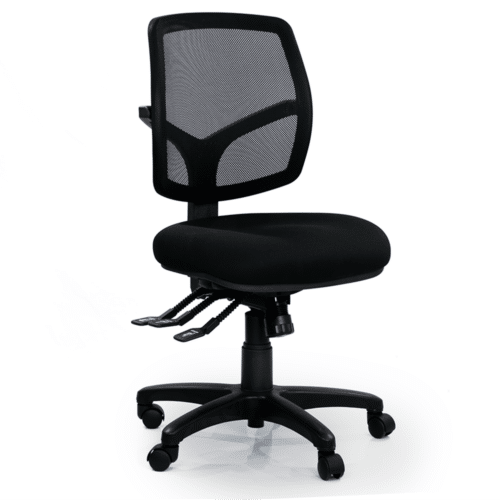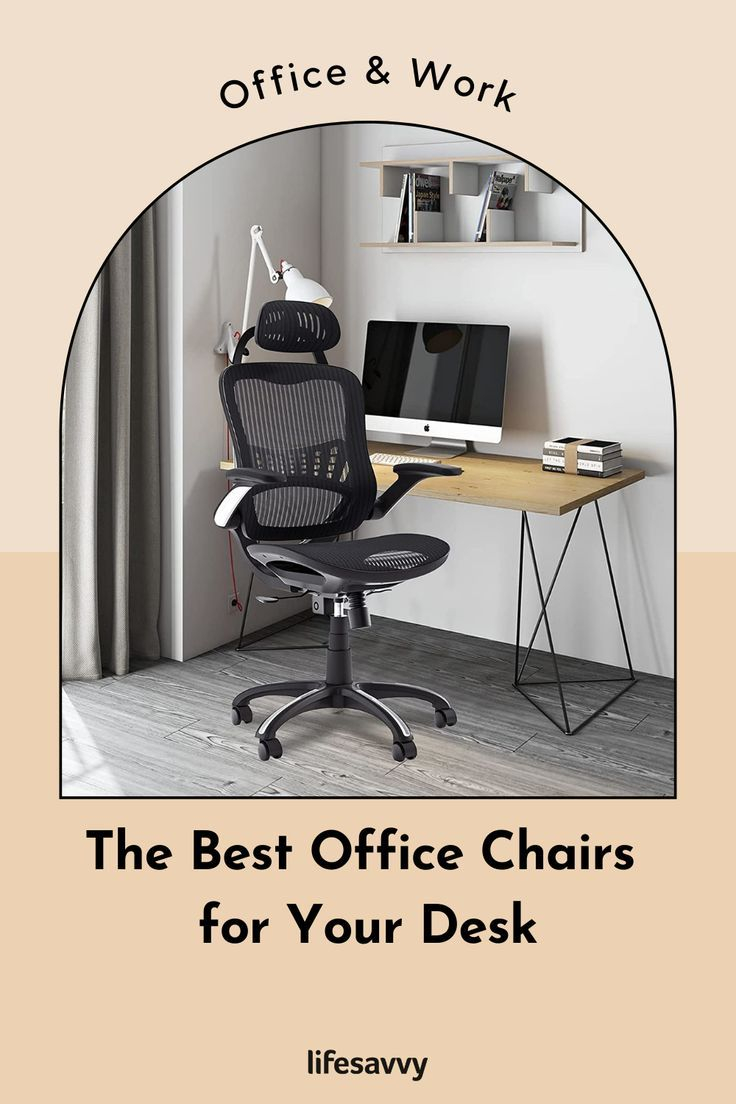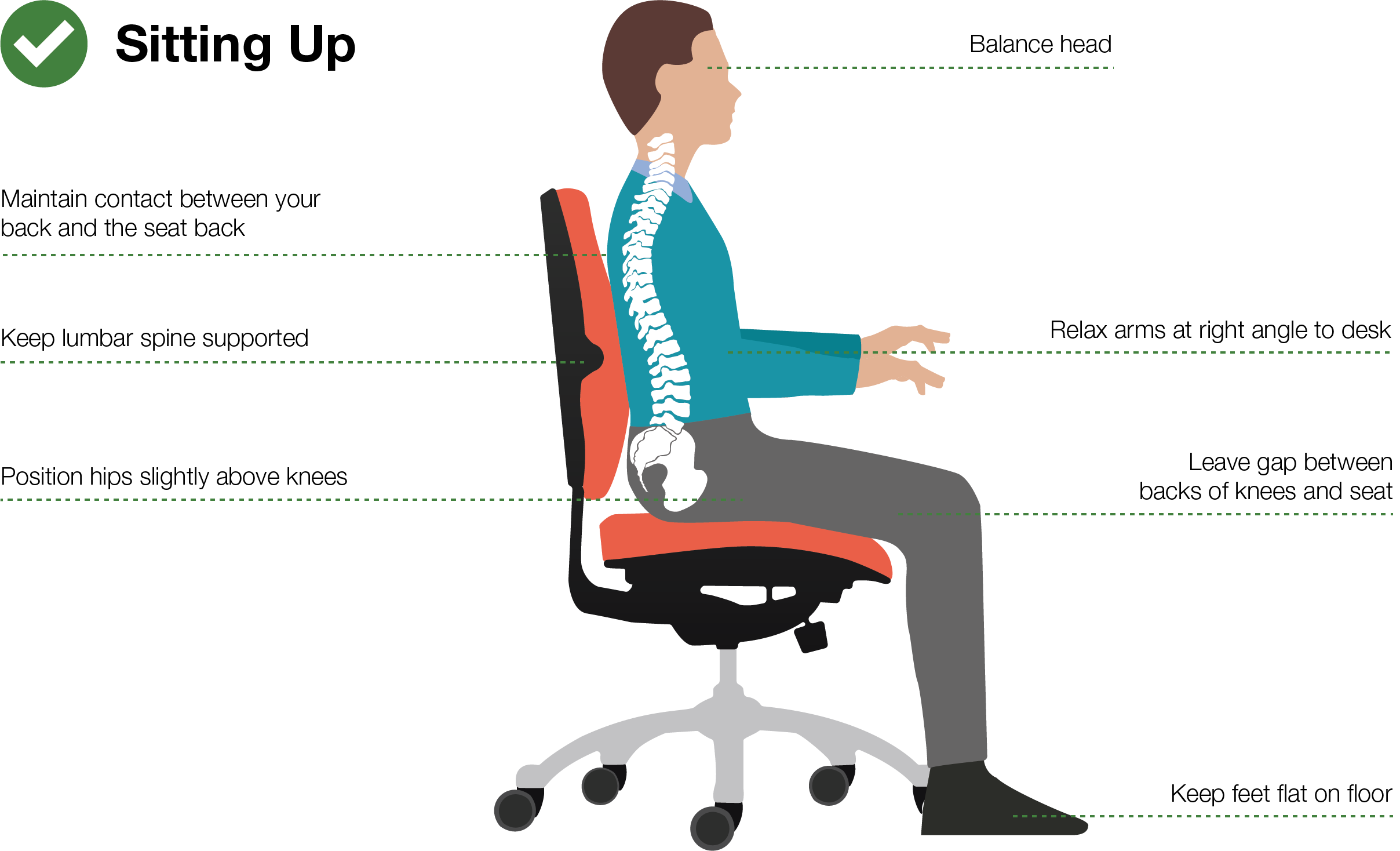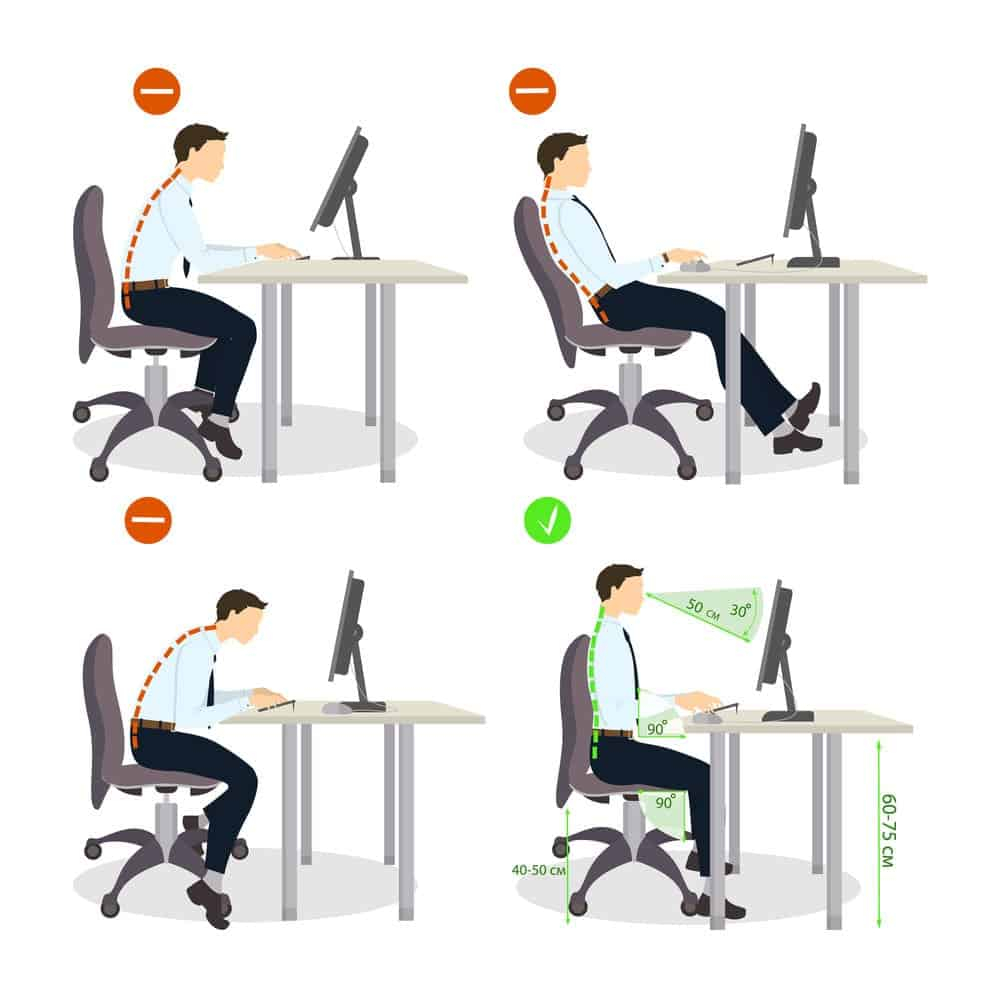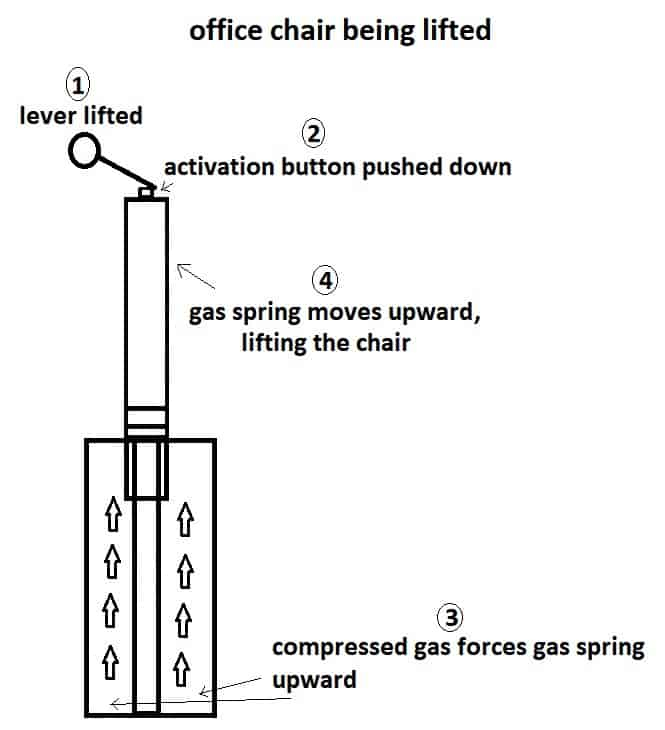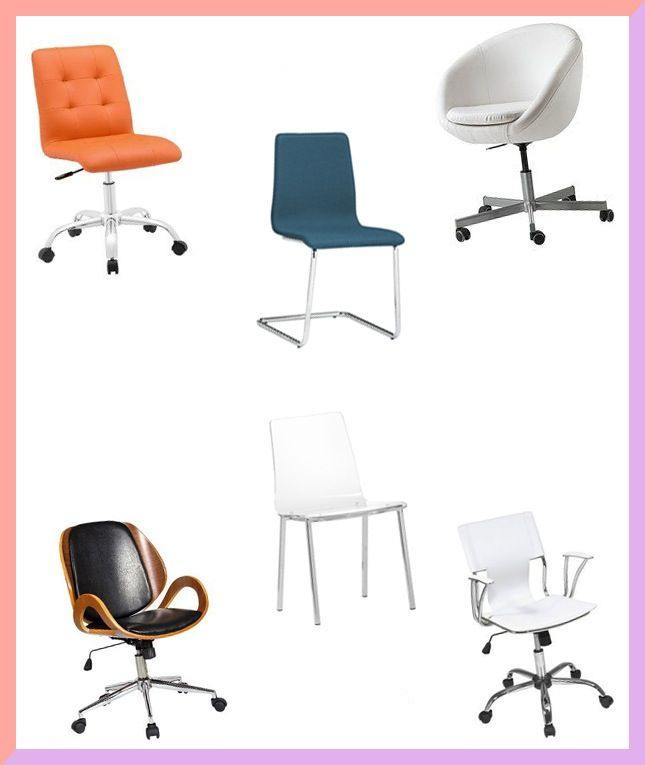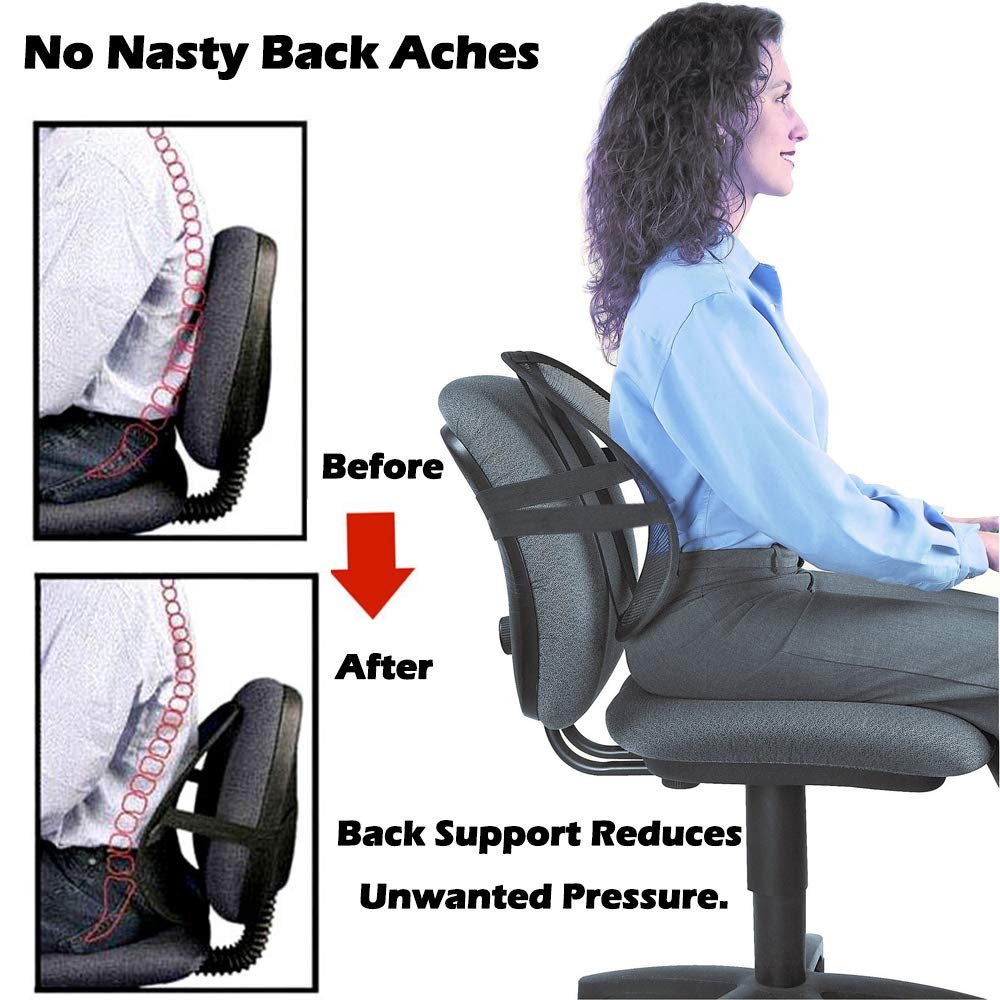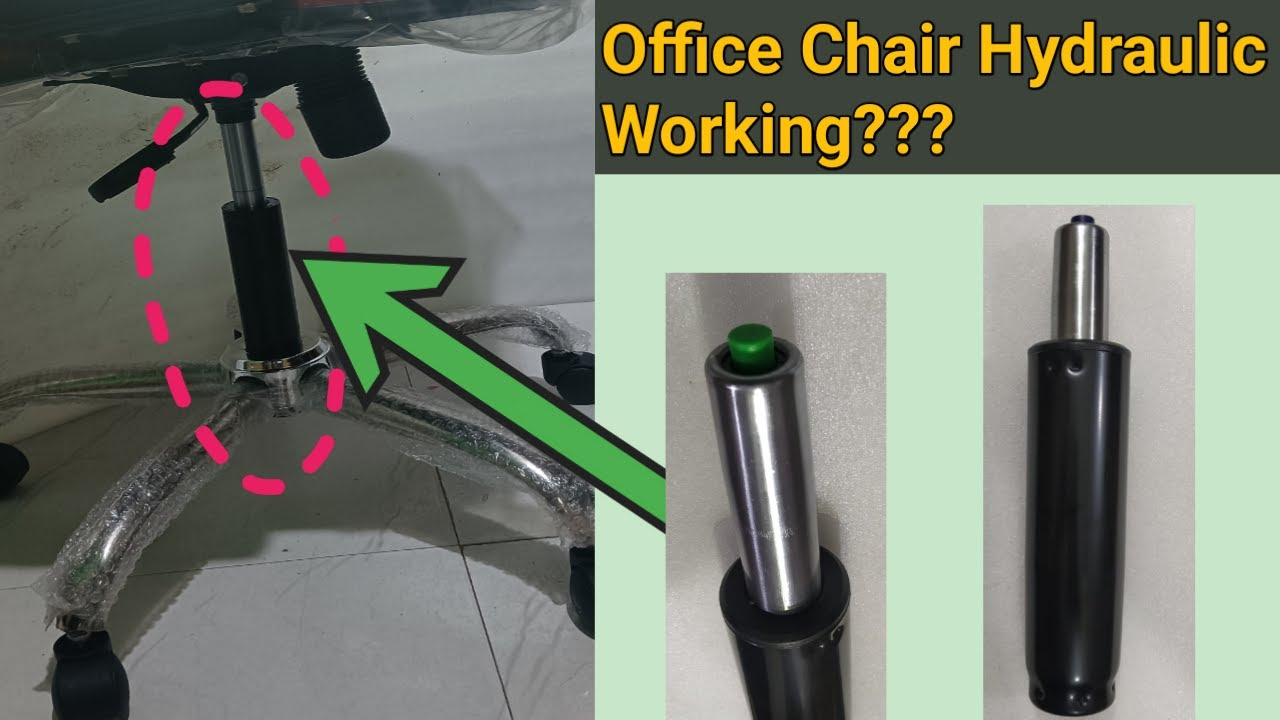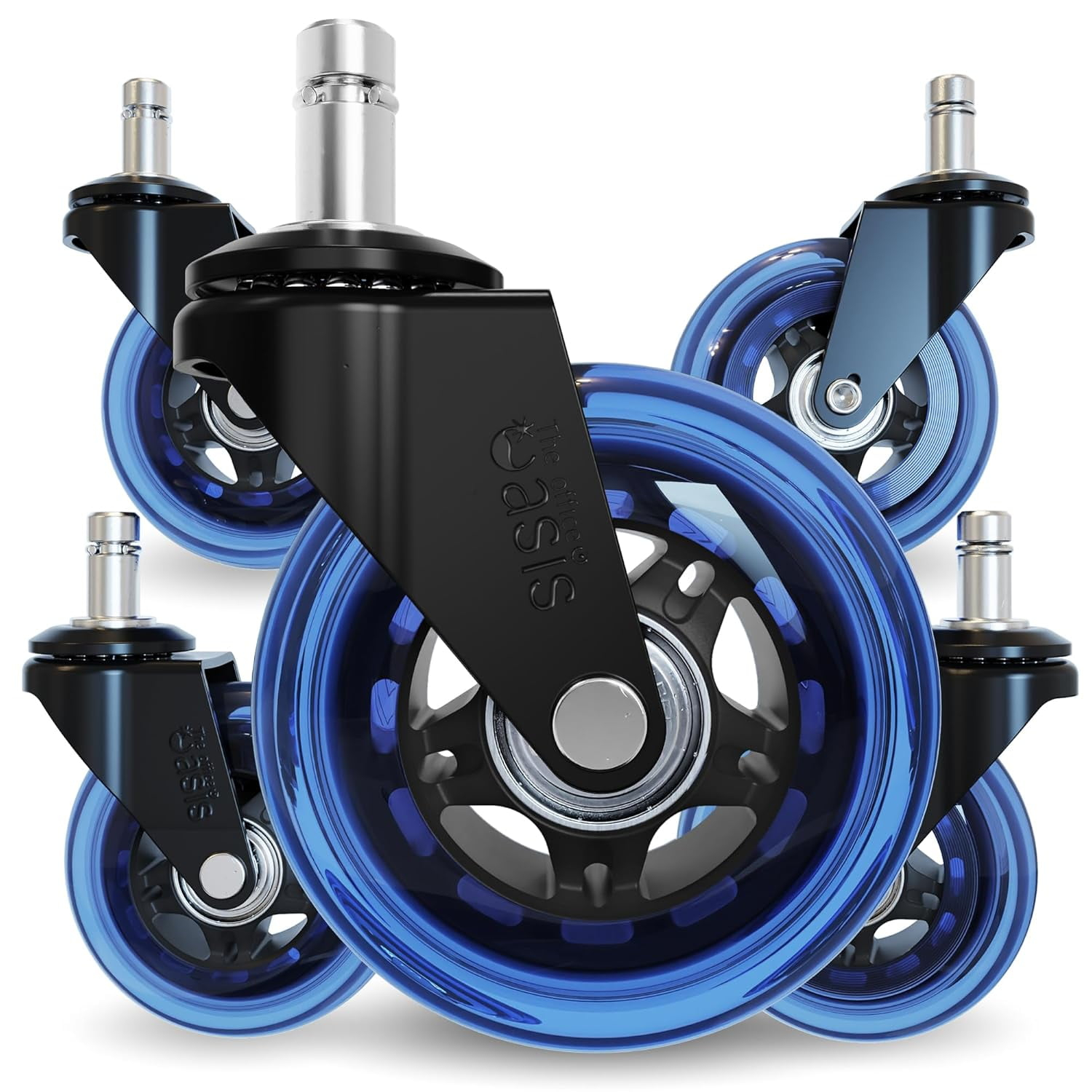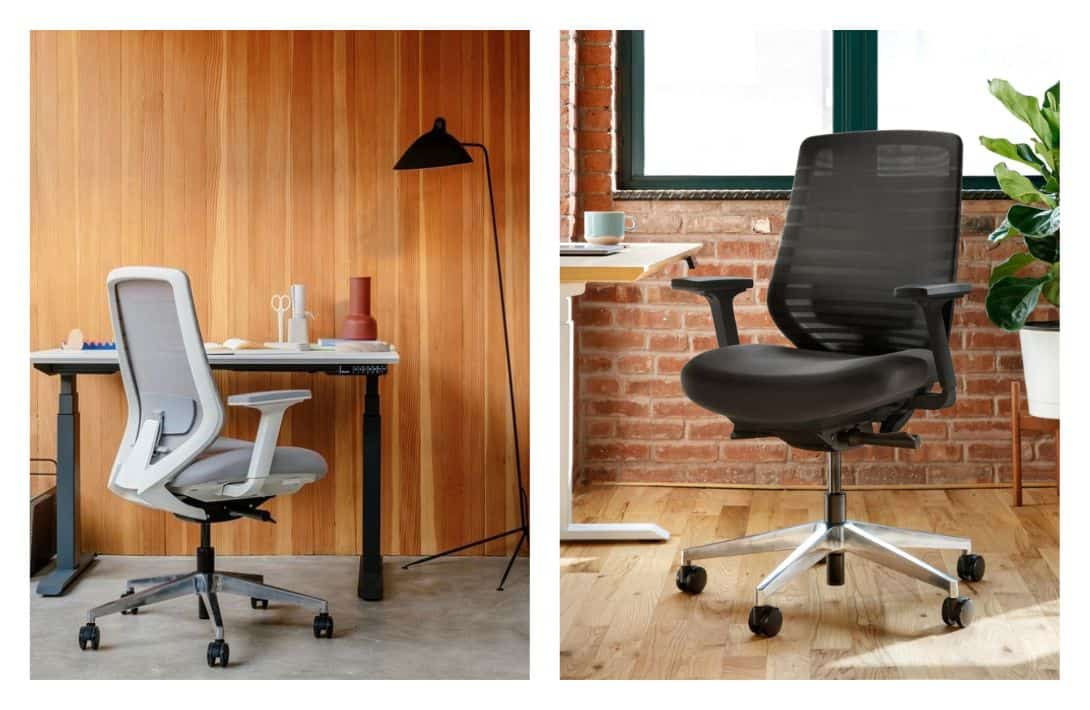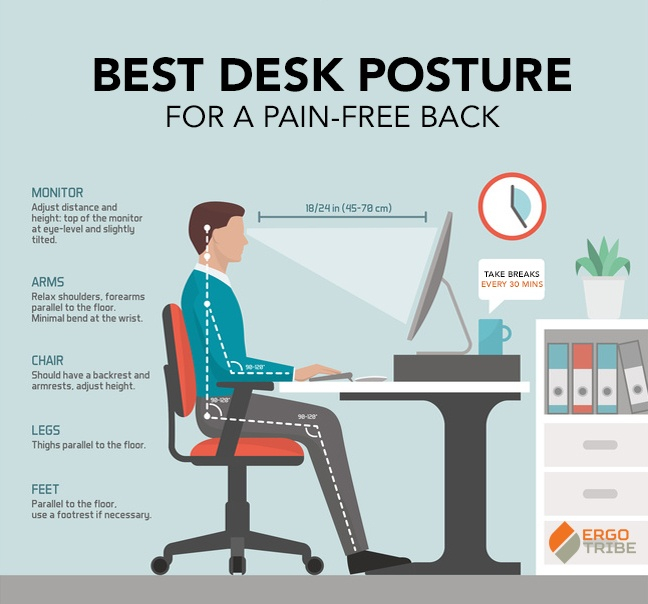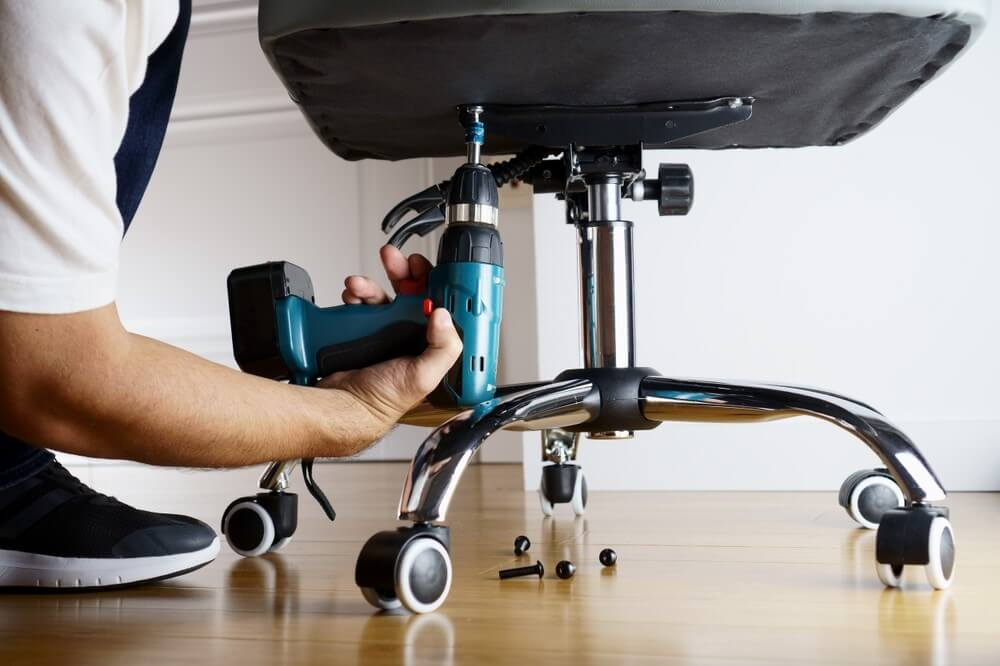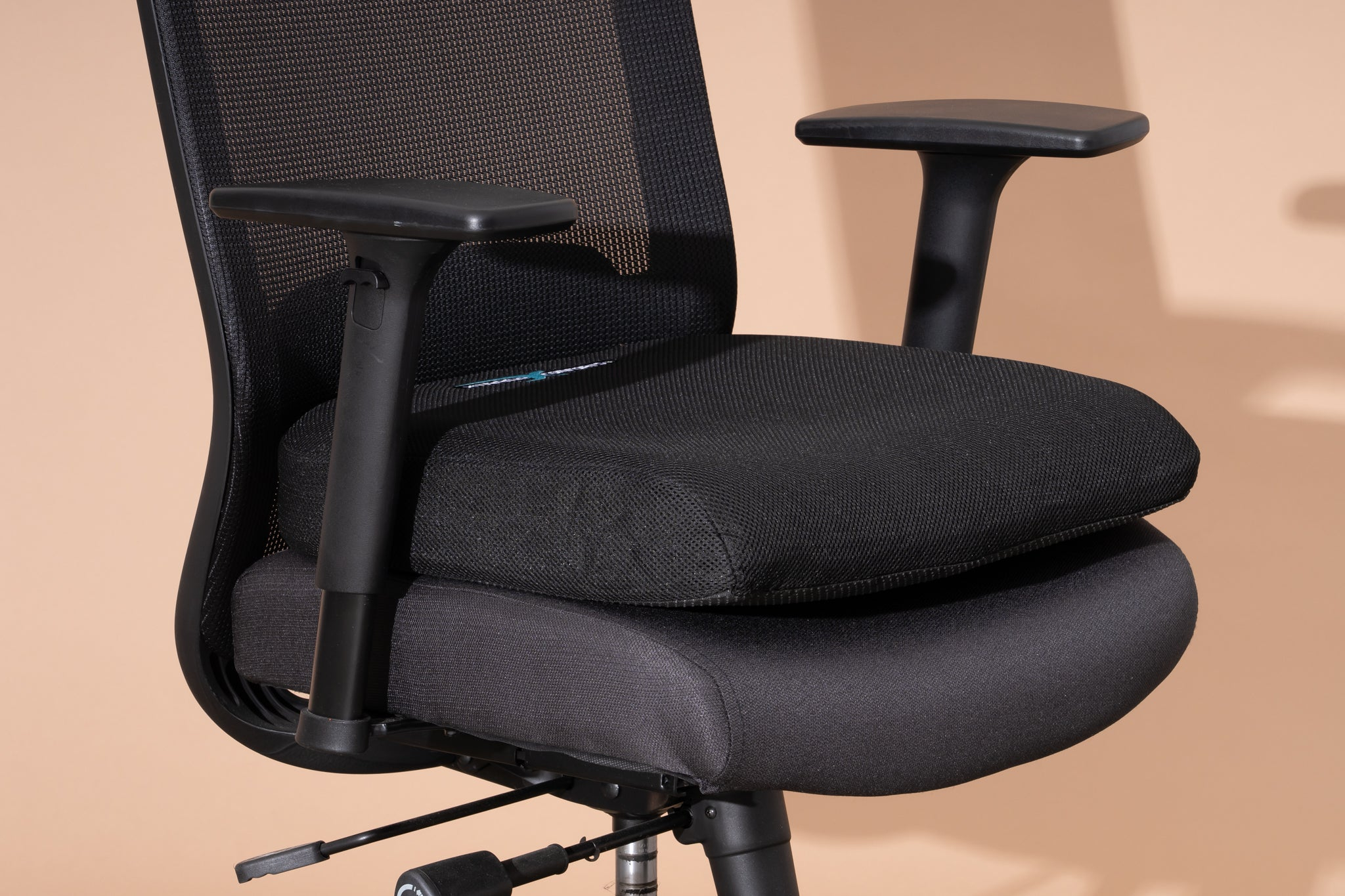We spend a huge chunk of our lives sitting. Think about it – at work, at home, commuting. That’s why the chair you choose isn’t just a piece of furniture; it’s a crucial element for your well-being. A poorly chosen chair can lead to nagging back pain, stiff necks, and a general feeling of fatigue that drains your day. But the flip side? The right chair can actually make you feel better, work smarter, and keep your body happy for years to come. Let’s dive into why this matters so much.
It’s easy to overlook the humble office chair. It’s just there, right? But its impact on your physical health and overall productivity is profound. Many of us accept backaches and discomfort as a normal part of a desk job. I’ve talked to countless folks who’ve just ‘put up with it’ for years, only to discover a whole new world of comfort and energy once they found a chair that actually supports them. It’s not about luxury; it’s about fundamental support. So, what makes a chair truly ‘good’ for you, and how do you find that perfect fit? Let’s explore the critical factors that make all the difference.
The Ergonomic Edge: What Does It Really Mean?
Ergonomics is a big word, but it boils down to designing things for people. In the context of chairs, it means creating a seat that works with your body, not against it. Think of it as tailoring the chair to your unique shape and posture. Adjustable lumbar support is a prime example. This is that little curve on the back of the chair that supports the natural inward curve of your lower back. Without it, you’re likely slouching, putting extra strain on your spine. The goal is to maintain a neutral spine, which is the most natural and least stressful position for your back. It’s about preventing those micro-strains that build up over time. We’re talking about features that allow you to fine-tune the fit – things like adjustable seat height, armrest height and angle, and even seat depth. Each of these elements plays a role in aligning your body correctly.
Lumbar Support: Your Back’s Best Friend
Let’s get serious about lumbar support for a moment. It’s probably the most talked-about feature, and for good reason. Your lower back naturally has an inward curve, and a good chair will have a cushion or adjustable mechanism to fill that space. This prevents you from slumping forward, which, as we’ve seen, puts immense pressure on your spinal discs. Some chairs have fixed lumbar support, which might be great for some people, but others need to adjust it up or down, or even in and out, to find that sweet spot. I remember chatting with a graphic designer who suffered from persistent lower back pain. She’d tried stretching and pain relievers, but nothing truly helped until she invested in a chair with excellent, adjustable lumbar support. She said it was like her back could finally ‘breathe’ again. It’s that crucial.
Seat Height and Depth: Finding Your Perfect Fit
Getting the seat height right is fundamental. When you’re sitting, your feet should be flat on the floor, and your knees should be at roughly a 90-degree angle. If the chair is too high, your feet dangle, and you’re likely to shift your weight uncomfortably. Too low, and you might find yourself hunching over your desk. Then there’s seat depth. This refers to how far forward or back the seat cushion extends. You want enough depth to support your thighs, but not so much that it presses into the back of your knees. There should be a small gap – about two to three fingers’ width – between the edge of the seat and the back of your knees. This ensures good circulation and prevents nerve compression. It sounds simple, but getting these two adjustments dialed in can make a world of difference to your comfort and posture.
Armrests: More Than Just a Place to Rest
Armrests are often underestimated. Their primary job is to support your forearms and shoulders, allowing your upper body to relax. When properly adjusted, they take the weight off your shoulders and neck, preventing that common tension that creeps up your spine. Ideally, armrests should be adjustable in height and width, so your arms can rest comfortably at about a 90-degree angle when your shoulders are relaxed. If they’re too high, you’ll shrug your shoulders, leading to stiffness. Too low, and they offer little benefit. Some chairs even offer adjustable armrest width and pivot, allowing for even more personalized support. Think of them as helping to reduce the load on your spine by providing a stable base for your arms.
Material and Breathability: Comfort That Lasts
Beyond the mechanical adjustments, the materials your chair is made from play a significant role in your comfort, especially during long work sessions. Mesh-backed chairs are incredibly popular because they allow for excellent airflow, keeping you cool and preventing that sticky, uncomfortable feeling, particularly in warmer environments. Fabric chairs can also be very comfortable and offer a softer feel, but breathability can be an issue depending on the weave and material. Leather can look sophisticated, but it’s often the least breathable option and can feel clammy. Consider your climate and personal preferences. A chair that makes you feel hot and sweaty is less likely to be used correctly, even if it has all the ergonomic features.
Making the Choice: Practical Tips for Finding Your Match
So, how do you navigate the sea of office chairs? First, know your body. Do you have existing back issues? Are you particularly tall or short? Consider these factors. Second, prioritize adjustability. The more you can tweak a chair to fit you, the better. Look for chairs with adjustable lumbar support, seat height, seat depth, and armrests. Third, try before you buy if at all possible. Sit in the chair for at least 10-15 minutes. Really feel how it supports your back, how comfortable the seat is, and if you can easily reach all your controls. Read reviews, but take them with a grain of salt; what works for one person might not work for another. Finally, think of it as an investment in your health and productivity. A good chair might cost more upfront, but the benefits in terms of reduced pain and increased focus are invaluable. Don’t be afraid to ask questions at the store or online about return policies. Your back will thank you for making a thoughtful decision.
Choosing the right office chair is far more than a style choice; it’s a fundamental decision that impacts your daily comfort, your long-term health, and your ability to focus and be productive. By understanding the importance of ergonomic features like lumbar support, adjustable height and depth, and supportive armrests, you can move beyond generic seating and find a chair that truly supports your body. Remember to prioritize adjustability and try before you commit. Investing a little more time and money into a quality, ergonomic chair is an investment in your own well-being. So, take the time, do your research, and find that chair that makes your back sing with relief. You deserve it.

